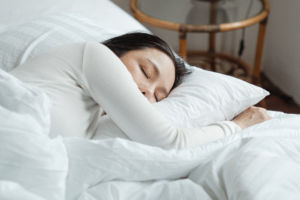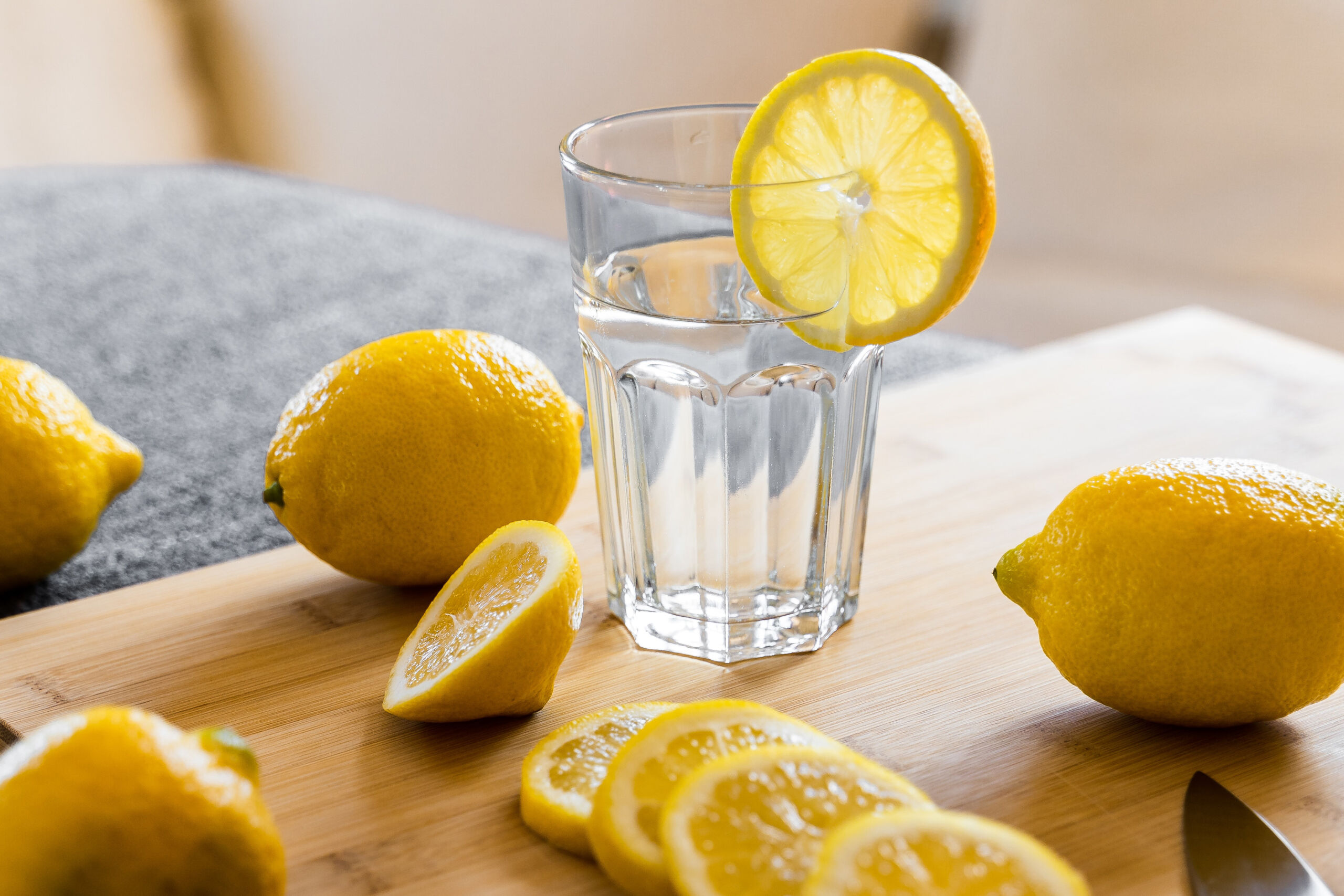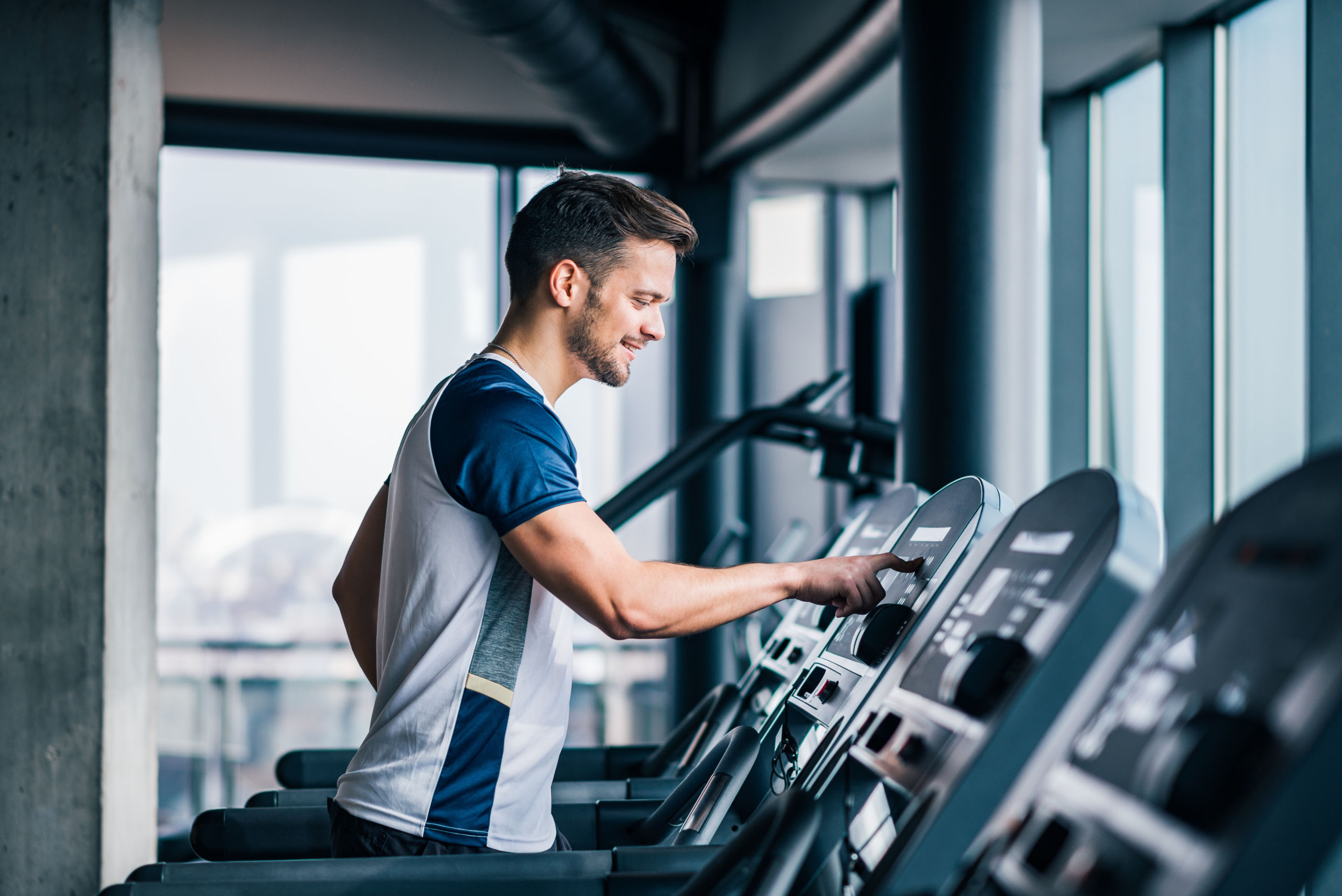Ladies: you’ve probably heard all about the hot flashes, mood swings, and physical changes that are all part of the inevitable process of menopause. Maybe you’ve even started experiencing some of these things. If you have, you’re certainly not alone. One of the most common changes women notice during this time is weight gain or redistribution, particularly around the middle. Though it can be a frustrating time for your mind and body, it doesn’t have to dictate your quality of life beyond menopause.
 According to Dr. Karrie Hohn, primary care physician and functional medicine specialist, “exercise is perhaps the most important thing to incorporate into your lifestyle during perimenopause and after menopause.” There are certain forms of fitness that are most beneficial in relieving some menopausal symptoms, specifically the “menopausal middle.”
According to Dr. Karrie Hohn, primary care physician and functional medicine specialist, “exercise is perhaps the most important thing to incorporate into your lifestyle during perimenopause and after menopause.” There are certain forms of fitness that are most beneficial in relieving some menopausal symptoms, specifically the “menopausal middle.”
You might be thinking that it’s too late to start exercising or change your routine. The good news is, even if fitness has never really been a major part of your life, this is a great opportunity to jump in and start.
By adopting a workout routine that’s specifically targeted towards menopausal changes, you can not only beat the “menopausal middle,” but also make the years during and after menopause the best ones of your life.

Changes Within Your Body
First, it’s important to understand the process of menopause itself. Menopause refers to the one-year time period after your last menstrual period, which usually occurs between the ages of 45 and 55. Beyond that year is considered “post-menopause.” Most women spend at least a third of their lives in post-menopause, so it is crucial to know not only how to navigate the changes your body goes through, but also how to feel good about them and yourself.
So, what exactly happens in your body during and after menopause? It mainly has to do with hormonal changes. There are three key hormones that fluctuate around this time in your life: progesterone, estrogen, and cortisol.
Progesterone
Primarily a female sex hormone, progesterone is also known as your “calm and relax” hormone. During menopause, progesterone levels plummet very quickly. When that happens, you may experience more anxiety, irritability, insomnia, and mood swings. This hormonal drop is also behind hot flashes and temperature irregularities, which are a common symptom of menopause.
Estrogen
This is the other main female sex hormone that essentially runs your reproductive system. It also helps keeps your bones healthy. Around when menopause starts (during your last menstrual period), estrogen production stutters and stops. This marks the end of your fertility and periods. The drop in estrogen causes women to lose muscle mass into their post-menopausal years, which is something to keep in mind because keeping your muscle mass up helps you maintain metabolism and burn calories.
Cortisol
You might be familiar with those pesky nighttime cravings for chocolate, snack foods, and others sweets. High cortisol levels are responsible for those. Cortisol, which is a stress hormone, continues to increase gradually with age. Cravings can become very difficult to resist, ultimately leading to weight gain and inflammation in the body. Because it is a stress hormone, cortisol also contributes to heightened irritability and mood swings. If you are interested in checking your cortisol levels, you can test them with an Adrenal Function Panel.
 These hormone fluctuations all work together synchronously, and the result is a change in body composition. This can look completely different on each woman: some women experience actual weight gain, while some may notice a change in how their existing weight is distributed. Either way, it typically results in some growth around the belly: the “menopausal middle.”
These hormone fluctuations all work together synchronously, and the result is a change in body composition. This can look completely different on each woman: some women experience actual weight gain, while some may notice a change in how their existing weight is distributed. Either way, it typically results in some growth around the belly: the “menopausal middle.”
Why do these hormones affect your body composition so much? The fluctuations in estrogen and cortisol, specifically, trigger a change in the type of fat in your body. Estrogen keeps your subcutaneous fat—fat under the skin—nice and plump. So when estrogen levels decrease, you start to lose that subcutaneous fat and you may notice some sagging skin in your face, arms, and legs. On the other hand, the increase in cortisol stimulates the growth of visceral fat—fat around your organs and belly.
These menopausal changes might sound daunting, but there are plenty of ways to incorporate habits into your lifestyle that help you adapt to these changes and target any weight gain. One of the most effective ways to start is by changing the way you exercise. “Even if you have done one type of exercise throughout your life and it has worked great all along, that will likely change with menopause,” says Dr. Hohn.
Exercising Post-Menopause
Because these hormonal changes cause you to lose muscle mass, the goal of your new workout routine is to combat that loss by stimulating muscle growth and bone density as much as possible. The best way to do this is by reducing the amount of time you actually spend doing the exercise. That may seem counterintuitive, but the key is to push yourself harder for a shorter period of time rather than moderately pushing for a more sustained period of time.
 Strength Training
Strength Training
Weightlifting is one of the most productive ways to exercise during and after menopause. Aim for heavier weight and lower reps rather than lower weight and higher reps in order to stress your muscles and most effectively stimulate their growth. Select the highest weight that you can lift six times and start there. If you aren’t sure where to begin with weightlifting, personal trainers can be a very valuable tool to help you get started.
HIIT Workouts
Another way to push yourself harder for shorter periods of time is with high intensity interval training (HIIT). This type of training involves repeated short intervals of high-intensity cardio-focused exertion with designated rest periods in between and is an efficient way to target any visceral fat that may be accumulating around your belly during menopause. There are a lot of different exercises that can be used for HIIT workouts, and it is crucial to pick one that you enjoy so you stick with it. Try running, cycling on a stationary bike, or kickboxing.
Here’s what a HIIT workout could look like for you: hop on a stationary bike and push hard for one minute, then rest for a minute. Push for another minute on the bike, and then another minute off. Continue this for three or four rounds, and you’ve gotten a highly productive workout accomplished in only 7-10 minutes. The goal is to reach your maximum heart rate, which will be unique to each person.
If you struggle with a low range of motion, arthritis, or any other limitation that makes it difficult to exercise, HIIT is good news for you. These workouts can easily be individualized and modified to your abilities—you can even do a HIIT workout from your chair.
Non-Exercise Activity Thermogenesis
Something to keep in mind is that you can also keep your body active in other ways in addition to strenuous exercise. Part of staying fit beyond menopause is keeping your metabolism strong, and an easy way to do this is by increasing your non-exercise activity thermogenesis. This refers to any day-to-day movement-based task that doesn’t have to do with exercise.
This can be standing at your desk rather than sitting, parking at the back of the parking lot at the store and walking farther to the door, bending down to do laundry, or taking the stairs rather than the elevator. Try to be intentional with incorporating non-exercise activity thermogenesis into your daily routine to supplement your actual workouts.
 Resting Effectively
Resting Effectively
While adjusting the way you exercise can help you to continue feeling healthy and confident after menopause, it is equally as important to make sure you are resting adequately. Menopause typically occurs in a pretty stressful time in your life, with peaking careers, adult children, and aging parents, and this can take a physiological toll on your body as well.
Prioritizing rest can be an easy thing to forget. Try to start by get seven to eight hours of sleep and account for plenty of rest time between workouts.
It’s also common to fall into the trap of thinking “the more, the better” when it comes to exercising to lose weight, but that can actually be more harmful. One way to make sure you are giving your body the rest it needs while still feeling like you’re doing something productive is by incorporating active rest into your routine.
Pilates, yoga, and tai chi are all useful “active rest” tools that help your body (and mind) recover. While weightlifting and HIIT stimulate muscle growth and target the “menopausal middle,” yoga, Pilates, and tai chi build core strength and improve balance and stability, while also promoting recovery from the more strenuous activities.
If you are limited in range of motion, struggle with movement, or are simply new to exercise, methods like yoga, Pilates, and tai chi may sound intimidating. However, there are plenty of other accessible ways to start working on your flexibility and help your body recover, even from a chair.
Structuring Your Workout Routine
So, what is the best way to combine all of these exercise components into a cohesive routine? Dr. Karrie Hohn recommends working toward three HIIT sessions per week, two or three strength training sessions per week, and participating in yoga, Pilates, or tai chi during any downtime in between.
Because the HIIT sessions are short and sweet, they can be paired with a strength training session on the same day; for example, try a ten-minute HIIT workout followed by twenty minutes of weight training. Then, follow up with a light yoga class the following day.
Optimizing the timing of your workouts is another thing to consider. Remember that your cortisol levels start to creep up as you age. They also fluctuate during the day, starting out higher in the morning and tapering off into late afternoon. When you exercise, you artificially elevate your cortisol levels, so it is best to work out earlier in the day when your cortisol is already higher. Exercising later in the evening can disrupt its natural daily decline and lead to insomnia and irritability.
Once you have figured out what types of HIIT, yoga, and strength training resonate most with you and plan your workout schedule accordingly, you’ll be on your way to a healthy routine that will help you beat that “menopausal middle.”
Making the Most of Menopause
Menopause doesn’t have to be a period of your life that you dread. On the contrary, it’s a time that serves as an opportunity to tune into your body and transform your lifestyle. Understanding the changes your body goes through, what those changes can mean, and how to adapt to them will allow you to move forward feeling good about your body and health. Start by taking a closer look at your exercise habits and thinking about how you can adjust your routine. You might be surprised by how much you can flourish post-menopause.
Want to understand how to recognize the signs and manage the symptoms of perimenopause and menopause? Check out Dr. Hohn’s webinar to learn more.
Want to explore a root-cause approach to your symptoms and start feeling better?
PALM Health provides concierge medicine with functional medicine experts and convenient access to comprehensive wellness and recovery services. Our memberships give you access to a wide variety of wellness services, integrative therapies, and on-site healthcare.
Like what you’re reading? Stay connected with us.
Want to stay up to date on all things health and wellness? Subscribe to our mailing list to receive educational content about the latest topics in health, tips on living well from our experts, updates on events, and special offers.









